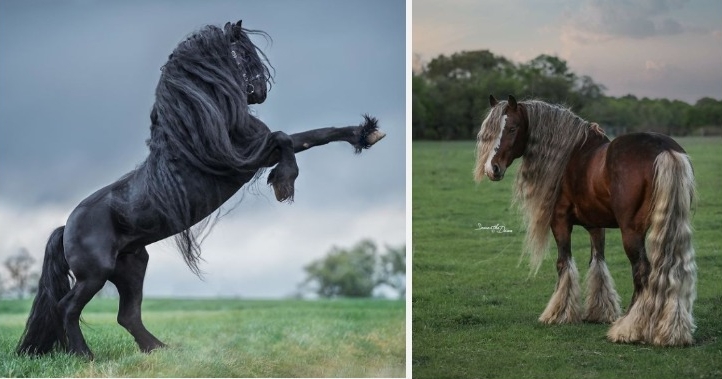From the dawn of civilization, horses have played an indispensable role in the development of human societies. From war campaigns to agricultural practices and beyond, these majestic creatures have been integral to human progress. But have you ever stopped to wonder about the different horse breeds and how they’ve evolved over time? In this article, we will take you on a fascinating journey through the history and evolution of horse breeds, exploring their origins, characteristics, and the roles they have played in shaping our world.
Prehistoric Beginnings
The history of horse breeds traces back to prehistoric times when the ancestors of modern horses roamed wild and free. Over time, as human societies developed, so did the need for domesticated horses with specific traits. The Equus ferus, the ancestor of all modern horse breeds, was first domesticated approximately 6,000 years ago in Central Asia. From this singular event, an intricate tapestry of horse breeds began to unravel, each adapting to different geographies, climates, and human needs.
The Age of Specialization
As societies progressed, so did the roles horses played. This led to specialized breeds suited for various tasks:
War Horses
In ancient and medieval times, the need for strong, resilient, and fast horses in warfare was paramount. Breeds like the Andalusian and the Friesian were highly prized for their agility, strength, and temperamental suitability for the rigors of battle.
Draft Horses
For more peaceful endeavors such as agriculture and transportation, draft horses like the Clydesdale, Belgian, and Percheron were bred. These breeds were robust, with large frames suitable for heavy pulling and labor-intensive tasks.
Racing and Competition
As leisure activities became popular, breeds like the Thoroughbred and the Arabian were developed for speed, agility, and endurance. These horses were bred specifically for racing and other equestrian competitions, with a focus on speed and maneuverability.
Influences from Across the Globe
The process of breed development was not isolated to any single region or culture. Over the centuries, explorers, traders, and conquerors have spread various horse breeds across the globe:
- Arabians from the Middle East were highly sought after for their stamina and were often crossbred to improve other breeds.
- Spanish horses, brought to the Americas by conquistadors, became the foundation for many American breeds like the Quarter Horse.
- Mongolian horses, bred for the rigors of life on the steppe, played a significant role in the empire-building of the Mongol horde.
Modern Day Breeds and Their Roles
Today, there are over 350 horse breeds, each with unique characteristics, advantages, and drawbacks. Modern technology and selective breeding have also introduced new breeds and sub-breeds suited for a wide array of specialized activities:
Sports and Entertainment
Breeds like the Hanoverian and the Dutch Warmblood are now popular choices for show jumping and dressage.
Endurance and Trail Riding
The Appaloosa and the Mustang are renowned for their stamina and ability to traverse tough terrains, making them excellent choices for trail riders.
Therapy and Companionship
Some breeds like the Miniature Horse and Icelandic Horse are increasingly used for therapeutic purposes, helping people with physical and emotional challenges.
The Future of Horse Breeds
Advancements in genetic research may pave the way for even more specialized breeds, designed for very specific roles or conditions. Ethical considerations are also becoming more prominent, particularly in relation to genetic modification and the welfare of the animals.
Conclusion
The journey of horse breeds through history is as complex and fascinating as the human societies they have aided. From prehistoric times to modern-day specializations, each breed tells a story of adaptation, survival, and the unbreakable bond between humans and horses. As we look to the future, it is clear that this journey is far from over, with exciting possibilities on the horizon. Whether you are an equestrian enthusiast or simply captivated by these noble animals, understanding the history and evolution of horse breeds offers a rich, nuanced perspective on both our past and future.
